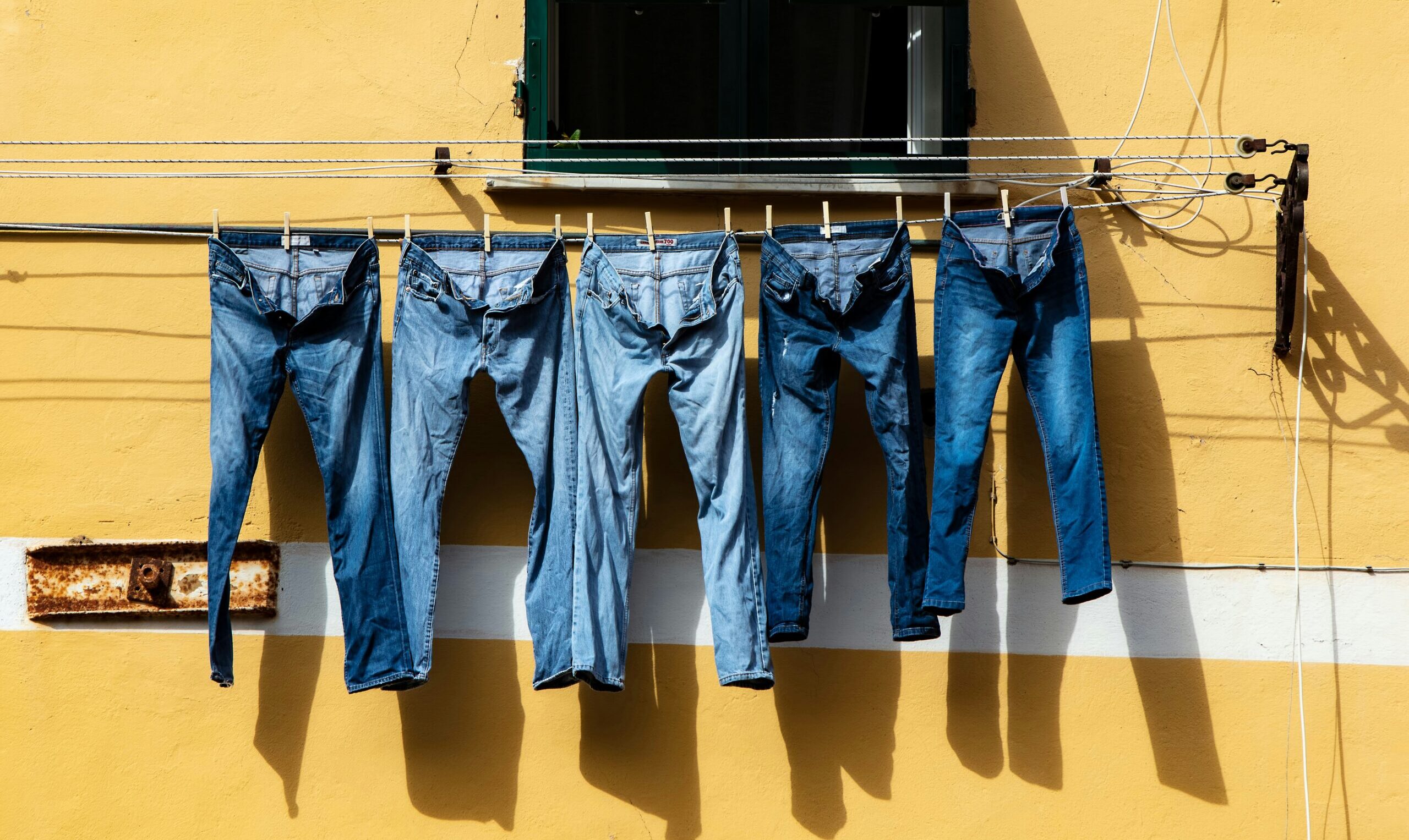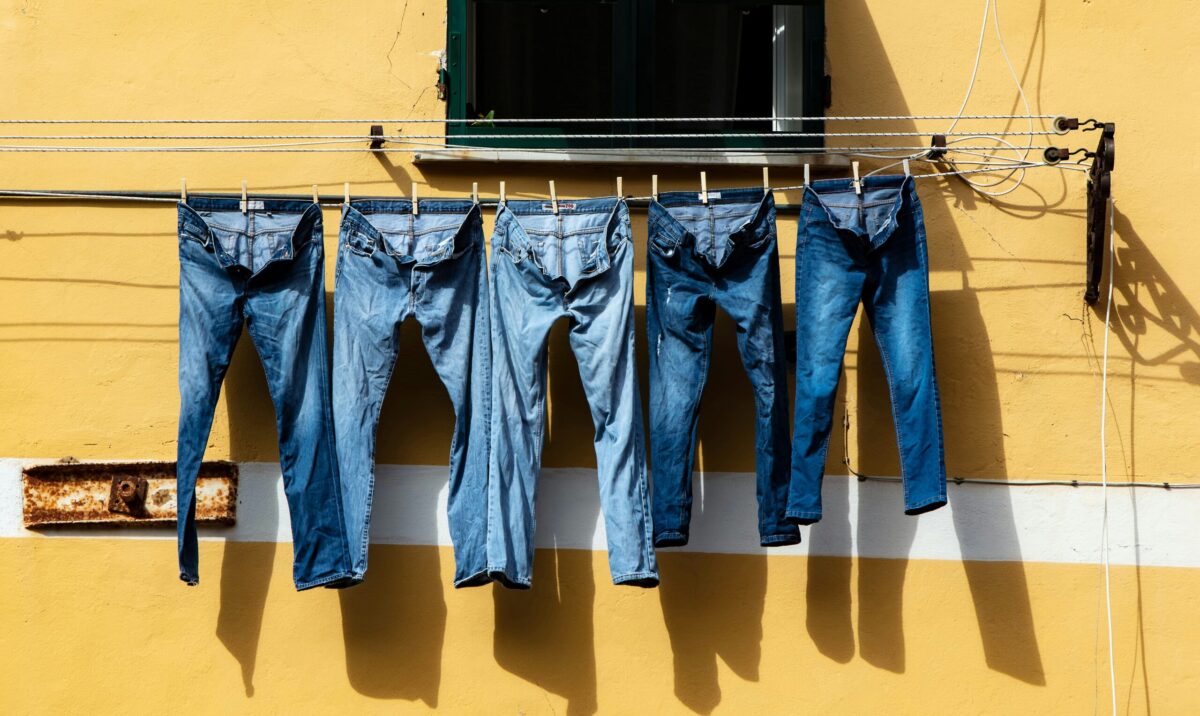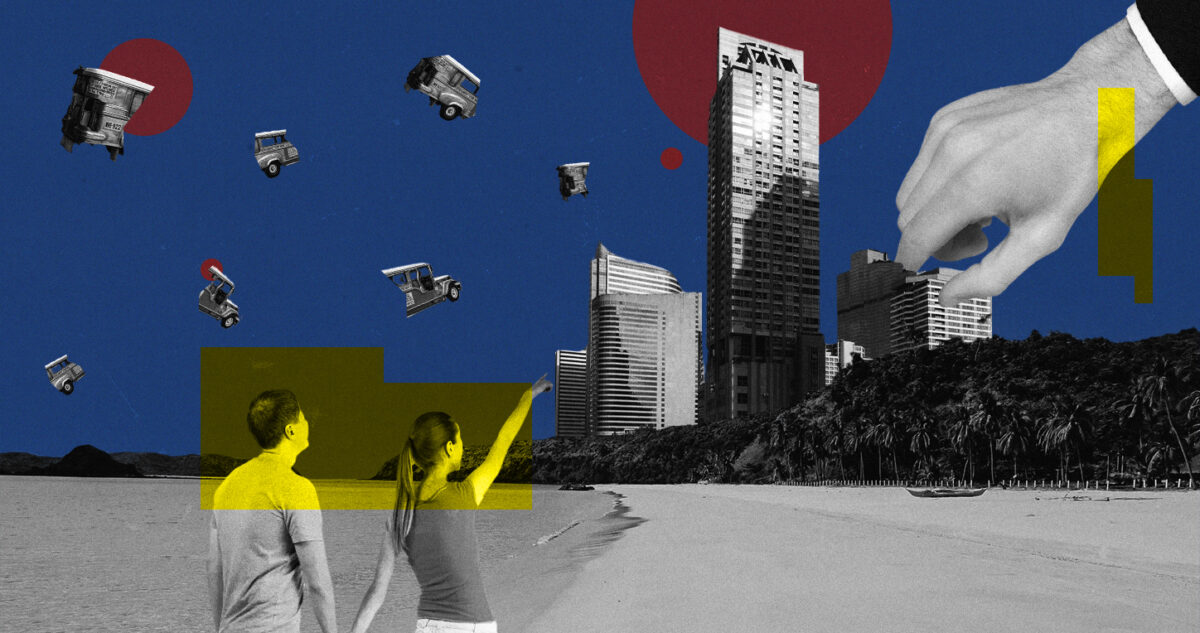Rewilding oneself is in vogue now, but we need to protect the spaces that allow this
Photos courtesy of Pao Vergara
Much like the lines on your palms changing course through life’s seasons, mountain trails you thought you knew “like the back of your hand” change direction: a stream reroutes, the locals planted a new orchard blocking an old trail all as others trails were lost to landslides.
I’ve been climbing Mountain Sembrano almost annually since my first training climb there as a Loyola Mountaineers aspirant back in 2014. (As of press time, I use my toes to count how many mountains I’ve climbed. Though I didn’t pass the club’s rigorous requirements, I took home a love for the outdoors and intuitive knowledge of a mountain’s rhythms through rain and shine.)
Each time I’ve climbed a mountain, I’ve become a different person after
Sembrano’s the perfect mountain for beginner and seasoned climbers alike. The transition from the village to the jungle is gradual, the trail constant. You pass huts that slowly become less metallic and more wooden, and each time you look back, the view of Laguna de Bay and Talim Island gets more expansive until it all culminates in a dreamy trek across swaying, windswept grasslands with a final, 270-degree view of Laguna Lake atop the last of three peaks.
My pilgrimages have reached a point where I’ve not only guided friends visiting Sembrano for the first time, but strangers too, who eventually became friends. It’s a nice ecosystem, literally, socially.
During my last trip, where it was my running club climbing this time, I noticed that true enough, much like the lines on the palm of one’s hand changing as one writes and rewrites their destiny, the mountain changes face too: Trails were lost to streams, orchards, landslides, the mountain’s life.
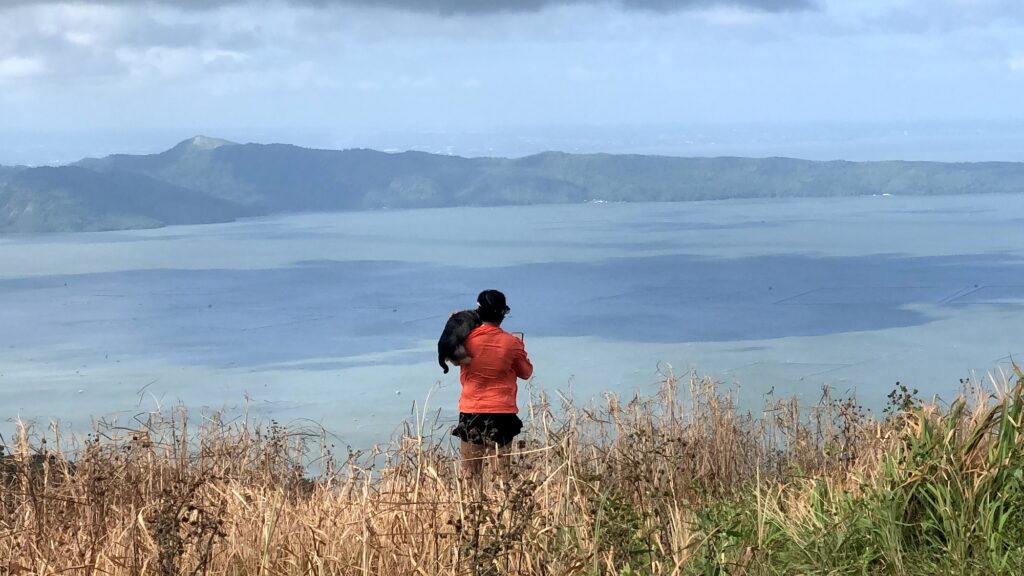
My confidence was humbled, my grin becoming one of sheepish acceptance, and descending from the role of de facto guide (the LGU now requires locals to accompany trekkers, anyway) I joined my friends as we all shared a “first time” experience.
Each time I’ve climbed a mountain, I’ve become a different person after. Perhaps it’s the relative infrequency of my climbs that make each ascent “an occasion” but I’m sure even those who climb for a living such as guides and forest rangers are shaped by the constant interaction with nature.
I’ll chalk it up to the mental and physical wellness brought from the many skill sets (and muscle groups!) developed through constant mountaineering: Orienteering, core strength and balance, endurance, situational awareness, outdoor survival skills, and even stronger social bonds.
Among wellness circles, “rewilding” has become a popular term, often followed by the phrase “touch some grass,” cognitive shorthand for the need to unplug and get in touch with nature
Among wellness circles, “rewilding” has become a popular term, often followed by the phrase “touch some grass,” cognitive shorthand for the need to unplug and get in touch with nature. This consciousness also manifests in the rise of influencers like Millennial Bukid Girl and biodiversity and wildlife advocate Celine Murillo as well as native flora aficionado Lokalpedia.
And while there’s the risk of commercial capture, as in the case of most glamping activities and expensive wellness retreats in gentrified locales, the idealization of green living hints at a collective conscious clamor for nature, the escape from gray to green.
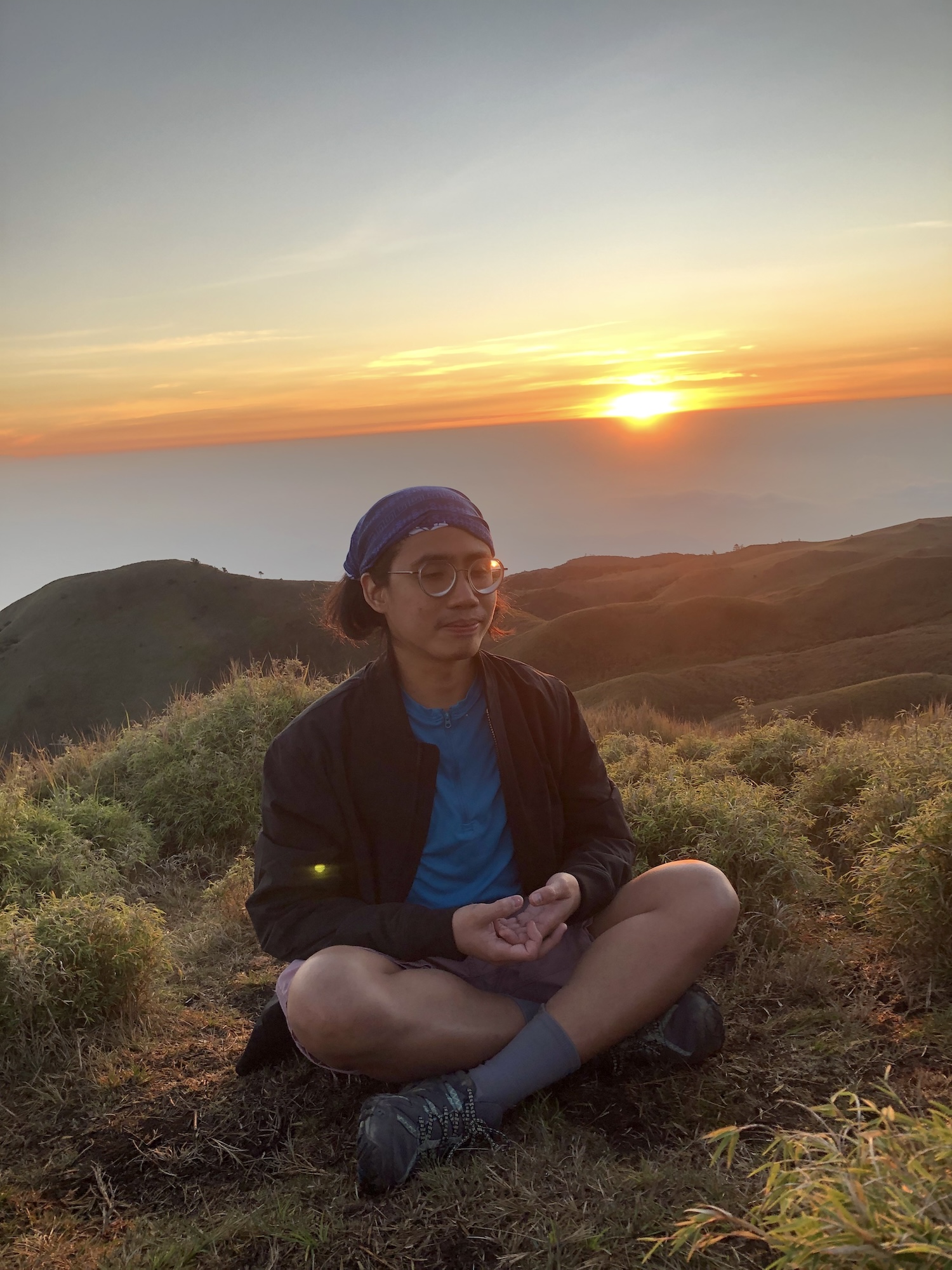
The benefits go beyond the individual (well for one, individual thriving is already a gift to the community), as green spaces, mountains especially, are more than oases for the soul: They also nourish much of our biodiversity (which in turn keeps the Earth’s systems balanced), provide two-fold protection from storms as mountains disperse strong winds while their forest cover soaks up rain, and, yes, even contribute to the economy long-term, if not directly, than indirectly through the factors mentioned above.
The youth of every era spearhead the day’s counterculture, and as the resurgence of “dumb phones” has been attributed to today’s youth, small wonder that the generations labeled as “digital natives” would have “digital detox” as their counterculture.
While a mountain, much like a person, changes and evolves, there are some changes that we should be vigilant against
Medical science has long reported on the benefits of immersing in nature. As early as the industrial revolution this was recognized, as seen in the literature (see also: pop culture) of our great- and grandparents’ time. How often has it been a plot point for a troubled heroine to go on a retreat at the lakeside, seaside, or alps?
And yet, these very places that heal both body and psyche are under threat today.
While a mountain, much like a person, changes and evolves, there are some changes that we should be vigilant against. Amid an annually worsening hot and dry season, talk of the town both online and offline reveals how more and more Filipinos clamor not just for the preservation of existing green spaces, but the addition of more, recognizing the scope of forest cover loss over the decades, the fruit of skewed notions of “development.”
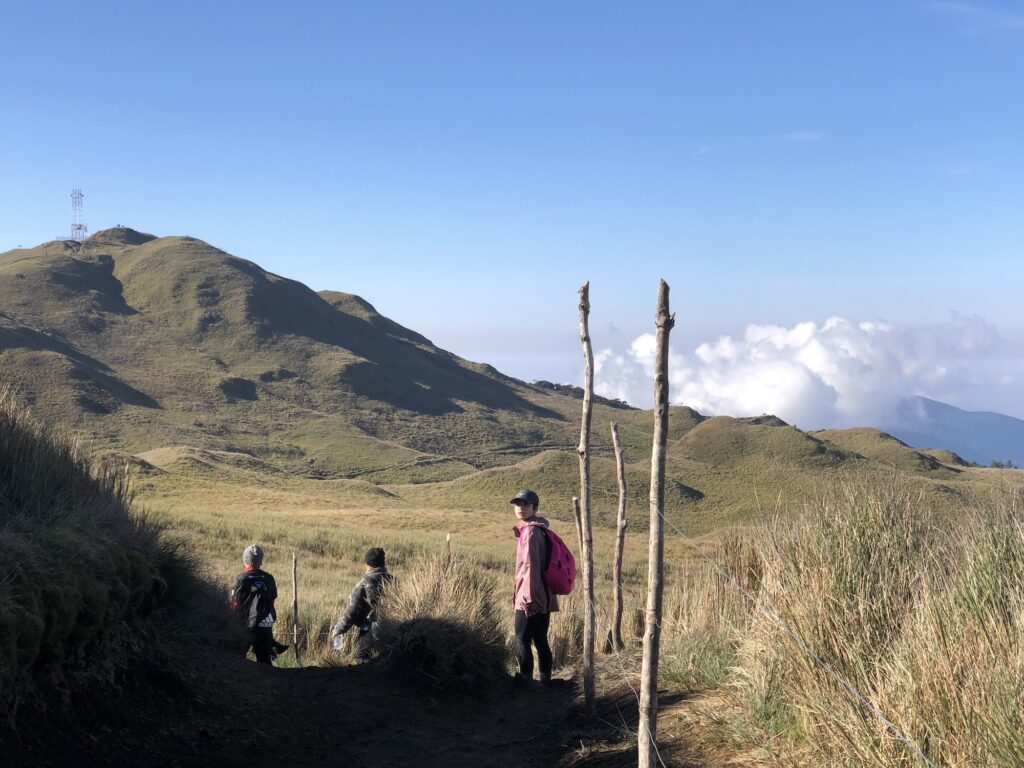
Most recently, the multi-awarded and internationally recognized Masungi Georeserve, a positive example of the intermingling of top-down, volunteer, and grassroots direct action in environmental protection, is currently under threat as its protected status is at risk of being voided by the very government agencies tasked with the preservation of the Philippine natural environment.
This rolls on the heels of the discovery of an “eyesore” resort built on the Chocolate Hills of Bohol, declared a national monument by the Philippine government in 1988 and also a UNESCO world heritage site candidate. Will it get the latter official declaration? That’s up to us Filipinos.
It’s quite a paradox: Humans flourish in green spaces, and yet humans seem to struggle to resist the temptation to kill the geese laying golden eggs
It’s quite a paradox: Humans flourish in green spaces, and yet humans seem to struggle to resist the temptation to kill the geese laying golden eggs. Centuries before the changes wrought by the Industrial Revolution, the Buddhists already observed that greed is one of three poisons destroying humanity, the other two being aversion and ignorance.
Hope isn’t lost, however, as there are also successes that can be replicated. For one, there’s the emerging and increasingly-practiced paradigm of community-based tourism. Here, instead of an outside corporation or developer altering a locale for their own profit often at the expense of local communities and the environment, the locals themselves determine the “tour script.”
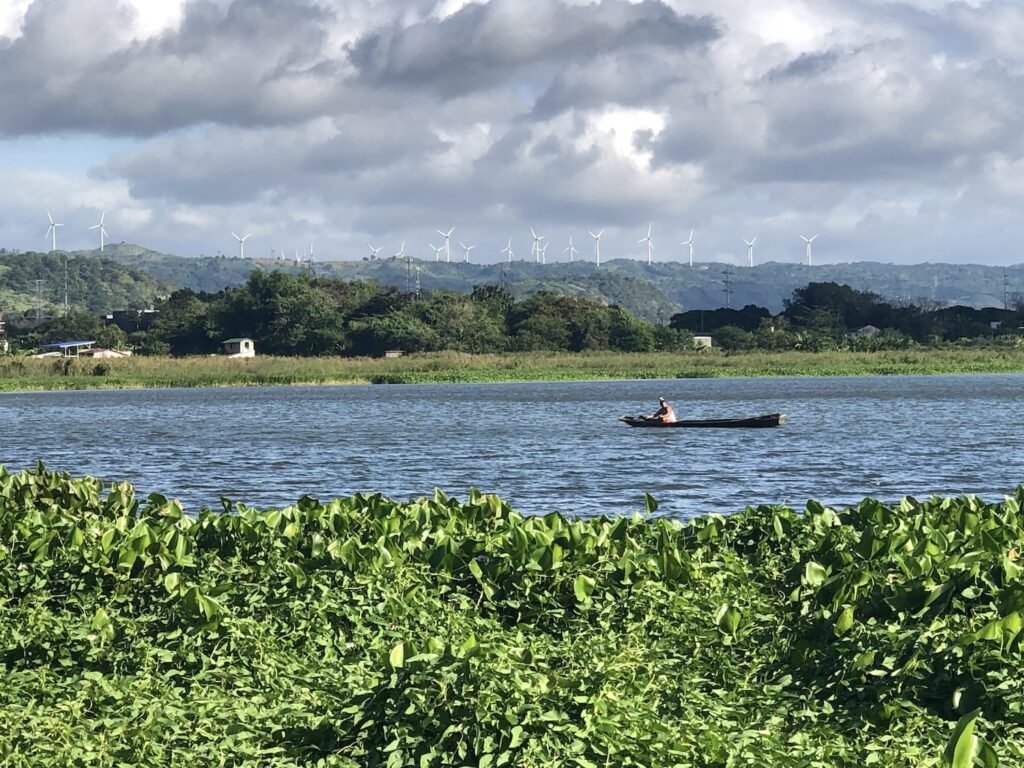
Presently-successful examples include how farmers in Bulacan have found a side hustle through agritourism, eventually getting their land declared a Protected Area by the National Commission for Culture and the Arts, a golden example of grassroots action influencing top-down decisions.
This seems to have been replicated as well in how Indigenous farmers in Bokod, Benguet also serve as bed-and-breakfast hosts and mountain guides to visitors in Mount Pulag, especially as authorities strengthened legal protections in the Ifugao peoples’ sacred mountain.
Meanwhile, the Pililia, Rizal local government has stepped up efforts to preserve Mount Sembrano. There was noticeably less trash during my last visit in early 2024, a welcome contrast to before the pandemic when every climb was also a clean-up climb. Pililia has also given Sembrano resident-farmers additional income by employing them as required tour guides as mentioned at the start.
If we can order the closure of resorts in the Chocolate Hills, give locals agency in Mounts Pulag and Sembrano, and preserve agricultural land in Bulacan, why not afford the same level of urgency especially to green spaces closer to home?
Why be selective? If we can order the closure of resorts in the Chocolate Hills, give locals agency in Mounts Pulag and Sembrano, and preserve agricultural land in Bulacan, why not afford the same level of urgency especially to green spaces closer to home?
As a wise man once said, sana ol.
I can’t help but wonder what kind of lines, what destinies, our grandchildren will be able to write on their palms, if they have the space to write at all.

